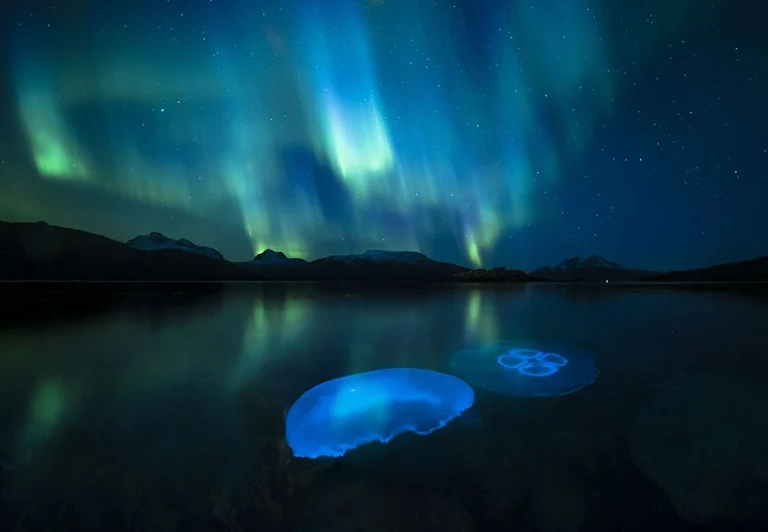In 2022, on Christmas Day, a rare aurora was observed in the sky. However, the reason behind that phenomenon was a mystery. But now, the scientists have claimed that they have finally solved the celestial puzzle and discovered the reason behind that rare skylight.
According to a study by Japanese and US-based researchers , the rare and remarkably smooth aurora observed over the Arctic has been identified as the result of a unique "rainstorm" of electrons direct from the sun. This unprecedented sighting from the ground has provided new insights into the interactions between solar activity and Earth's magnetic field.
The aurora, which lacked the typical movement and patterns of traditional auroral displays, puzzled scientists for months. Researchers from the US and Japan have now determined that this phenomenon was caused by a direct influx of high-energy electrons from the sun, occurring at a time when solar wind gusts had almost completely subsided.
Unlike typical auroras that pulsate and churn due to the influence of solar wind, the Christmas Day aurora remained stationary and featureless. It marked the first instance of a polar rain aurora being seen from Earth's surface. It was a discovery that took considerable time to unravel due to its rarity.
The diminishing solar winds allowed a significant flux of electrons to penetrate the atmosphere, creating the polar rain aurora. This stream of charged particles traveled from the sun to Earth, becoming trapped in the planet's magnetic field. The electrons then flowed down the magnetic field lines to the poles, where they interacted with atmospheric molecules, producing the aurora's glow.
This particular aurora was imaged by an All-Sky Electron Multiplying Charge-Coupled Device (EMCCD) camera in Longyearbyen, Norway. The faint, featureless glow spanned 2,485 miles (4,000 kilometers) and lacked the structure or varying brightness of typical auroral displays.
To understand this unique event, a team led by Keisuke Hosokawa from the Center for Space Science and Radio Engineering at the University of Electro-Communications in Tokyo compared ground-based observations with data from the Special Sensor Ultraviolet Scanning Imager (SSUSI) on polar-orbiting satellites. These satellites, part of the Defense Meteorological Satellite Program (DMSP), confirmed the aurora as a polar rain aurora, a type previously only observed from space.
The smooth aurora resulted from the interaction of high-energy electrons, traveling from the sun's corona through open magnetic field lines. These electrons reached Earth due to a temporary cessation of regular solar wind, which normally scatters such particles. The open magnetic field lines created a funnel-like effect, allowing the electrons to rain directly onto Earth's poles.
The aurora's featureless appearance was due to the large diameter of the magnetic funnel, which covered a wider area than Earth's north polar cap. The high-energy electrons produced a purely green auroral emission, as more energy is required to ionize oxygen at lower altitudes in the atmosphere.
The DMSP satellites observed this polar rain aurora exclusively over Earth's north magnetic pole, which is tilted towards the sun during the Northern Hemisphere winter. "When the solar wind disappeared, an intense flux of electrons with an energy of >1keV was observed by the DMSP, which made the polar rain aurora visible even from the ground as bright greenish emissions," explained Hosokawa's team in their published research.




























